In 10 years, tiny nanobots in your blood might help keep you from getting sick or even transmit your thoughts to a wireless cloud.


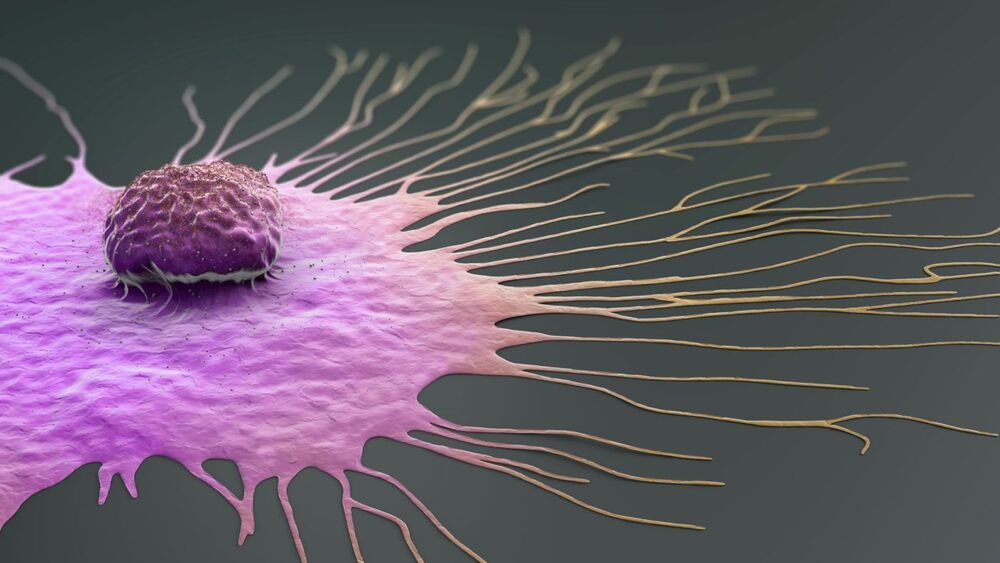
The work was conducted in the laboratory of Dan Peer, PhD, VP for R&D and Head of the Laboratory of Precision Nanomedicine at the Shmunis School of Biomedicine and Cancer Research at TAU. The research was conducted by Daniel Rosenblum, PhD, together with PhD student Anna Gutkin and colleagues in Peer’s laboratory and other collaborators.
The study “CRISPR-Cas9 genome editing using targeted lipid nanoparticles for cancer therapy” appears in Science Advances.
“Harnessing CRISPR-Cas9 technology for cancer therapeutics has been hampered by low editing efficiency in tumors and potential toxicity of existing delivery systems. Here, we describe a safe and efficient lipid nanoparticle (LNP) for the delivery of Cas9 mRNA and sgRNAs that use a novel amino-ionizable lipid,” write the investigators.
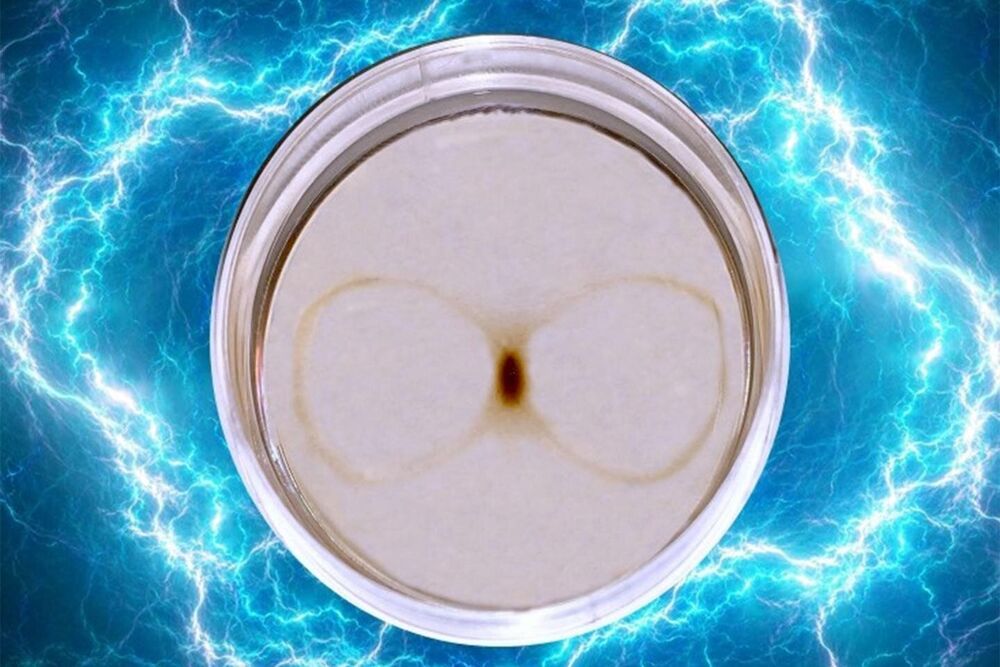
The motion of magnetic particles as they pass through a magnetic field is called magnetophoresis. Until now, not much was known about the factors influencing these particles and their movement. Now, researchers from the University of Illinois Chicago describe several fundamental processes associated with the motion of magnetic particles through fluids as they are pulled by a magnetic field.
Their findings are reported in the journal Proceedings of the National Academy of Sciences.
Understanding more about the motion of magnetic particles as they pass through a magnetic field has numerous applications, including drug delivery, biosensors, molecular imaging, and catalysis. For example, magnetic nanoparticles loaded with drugs can be delivered to discrete spots in the body after they are injected into the bloodstream or cerebrospinal fluid using magnets. This process currently is used in some forms of chemotherapy for the treatment of cancer.

Current state-of-the-art techniques have clear limitations when it comes to imaging the smallest nanoparticles, making it difficult for researchers to study viruses and other structures at the molecular level.
Scientists from the University of Houston and the University of Texas M.D. Anderson Cancer Center have reported in Nature Communications a new optical imaging technology for nanoscale objects, relying upon unscattered light to detect nanoparticles as small as 25 nanometers in diameter. The technology, known as PANORAMA, uses a glass slide covered with gold nanodiscs, allowing scientists to monitor changes in the transmission of light and determine the target’s characteristics.
PANORAMA takes its name from Plasmonic Nano-aperture Label-free Imaging (PlAsmonic NanO-apeRture lAbel-free iMAging), signifying the key characteristics of the technology. PANORAMA can be used to detect, count and determine the size of individual dielectric nanoparticles.
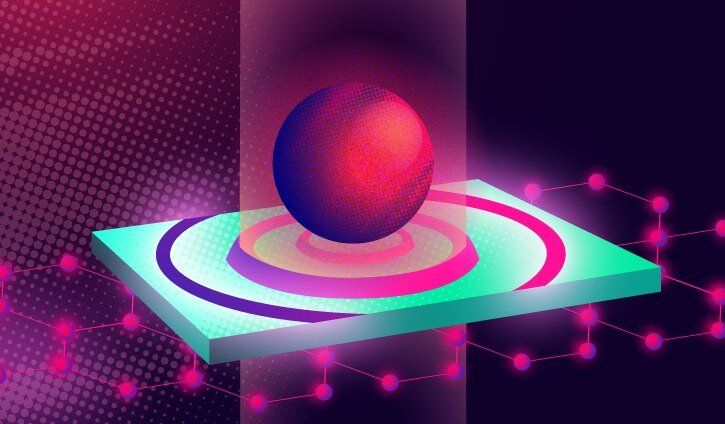
O,.o.
Physicists from MIPT and Vladimir State University, Russia, have converted light energy into surface waves on graphene with nearly 90% efficiency. They relied on a laser-like energy conversion scheme and collective resonances. The paper was published in Laser & Photonics Reviews.
Manipulating light at the nanoscale is a task crucial for being able to create ultracompact devices for optical energy conversion and storage. To localize light on such a small scale, researchers convert optical radiation into so-called surface plasmon-polaritons. These SPPs are oscillations propagating along the interface between two materials with drastically different refractive indices—specifically, a metal and a dielectric or air. Depending on the materials chosen, the degree of surface wave localization varies. It is the strongest for light localized on a material only one atomic layer thick, because such 2-D materials have high refractive indices.
The existing schemes for converting light to SPPs on 2-D surfaces have an efficiency of no more than 10%. It is possible to improve that figure by using intermediary signal converters—nano-objects of various chemical compositions and geometries.

AgelessRx claims that PEARL is the first nationwide telemedicine trial and one of the first large-scale intervention trials on Longevity. The human trial is a stepping stone to the way to bringing rapamycin to the Longevity market. PEARL (Participatory Evaluation of Aging with Rapamycin for Longevity) is a $600,000 trial with the University of California. They will evaluate the safety and effectiveness of rapamycin in 200 healthy adults for Longevity in double-blind, randomized, placebo-controlled trial.
Interested patients will be screened for eligibility using telemedicine. Eligible patients include those aged 50–85 of any sex, any ethnicity, in relatively good health, with only well-managed, clinically stable chronic diseases.
TAME is a separate $75 million trial to clinically evaluate Metformin drugs for Longevity properties. TAME has a composite primary endpoint – of stroke, heart failure, dementia, myocardial infarction, cancer and death. Rather than attempting to cure one endpoint, it will look to delay the onset of any endpoint, extending the years in which subjects remain in good health – their healthspan. A $40 million donation has been combined with a $35 million NIH grant to fund the TAME trial.

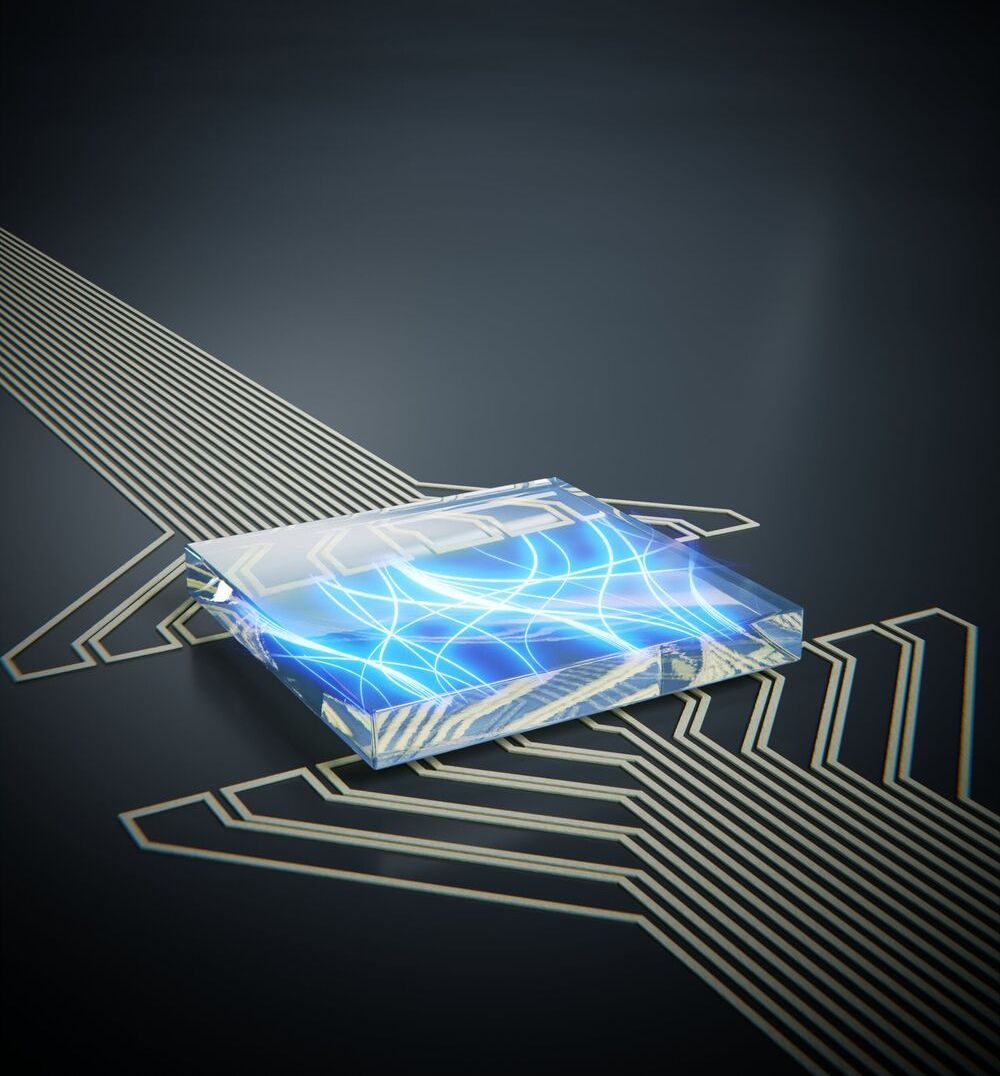
A team of researchers from Delft University of Technology (TU Delft), Leiden University, Tohoku University and the Max Planck Institute for the Structure and Dynamics of Matter has developed a new type of MRI scanner that can image waves in ultrathin magnets. Unlike electrical currents, these so-called spin waves produce little heat, making them promising signal carriers for future green ICT applications.
MRI scanners can look into the human body in a non-invasive manner. The scanner detects the magnetic fields radiated by the atoms inside, which makes it possible to study the health of organs even though they are hidden underneath thick layers of tissue.
The non-invasive, see-through power of MRI is desirable for many research fields and industries. It could be particularly useful as an imaging tool in nanotechnology and the chip industry. Being able to detect signals in computer chips and other nanodevices would facilitate optimizing their performance and reducing their heat production. However, the millimeter resolution of conventional MRI is insufficient to study chip-scale devices. A team of researchers led by TU Delft have now developed a new method for sensing magnetic waves at the sub-micrometer scale.

Three-dimensional (3D) nanostructured materials—those with complex shapes at a size scale of billionths of a meter—that can conduct electricity without resistance could be used in a range of quantum devices. For example, such 3D superconducting nanostructures could find application in signal amplifiers to enhance the speed and accuracy of quantum computers and ultrasensitive magnetic field sensors for medical imaging and subsurface geology mapping. However, traditional fabrication tools such as lithography have been limited to 1-D and 2-D nanostructures like superconducting wires and thin films.
Now, scientists from the U.S. Department of Energy’s (DOE) Brookhaven National Laboratory, Columbia University, and Bar-Ilan University in Israel have developed a platform for making 3D superconducting nano-architectures with a prescribed organization. As reported in the Nov. 10 issue of Nature Communications, this platform is based on the self-assembly of DNA into desired 3D shapes at the nanoscale. In DNA self-assembly, a single long strand of DNA is folded by shorter complementary “staple” strands at specific locations—similar to origami, the Japanese art of paper folding.
“Because of its structural programmability, DNA can provide an assembly platform for building designed nanostructures,” said co-corresponding author Oleg Gang, leader of the Soft and Bio Nanomaterials Group at Brookhaven Lab’s Center for Functional Nanomaterials (CFN) and a professor of chemical engineering and of applied physics and materials science at Columbia Engineering. “However, the fragility of DNA makes it seem unsuitable for functional device fabrication and nanomanufacturing that requires inorganic materials. In this study, we showed how DNA can serve as a scaffold for building 3D nanoscale architectures that can be fully “converted” into inorganic materials like superconductors.”
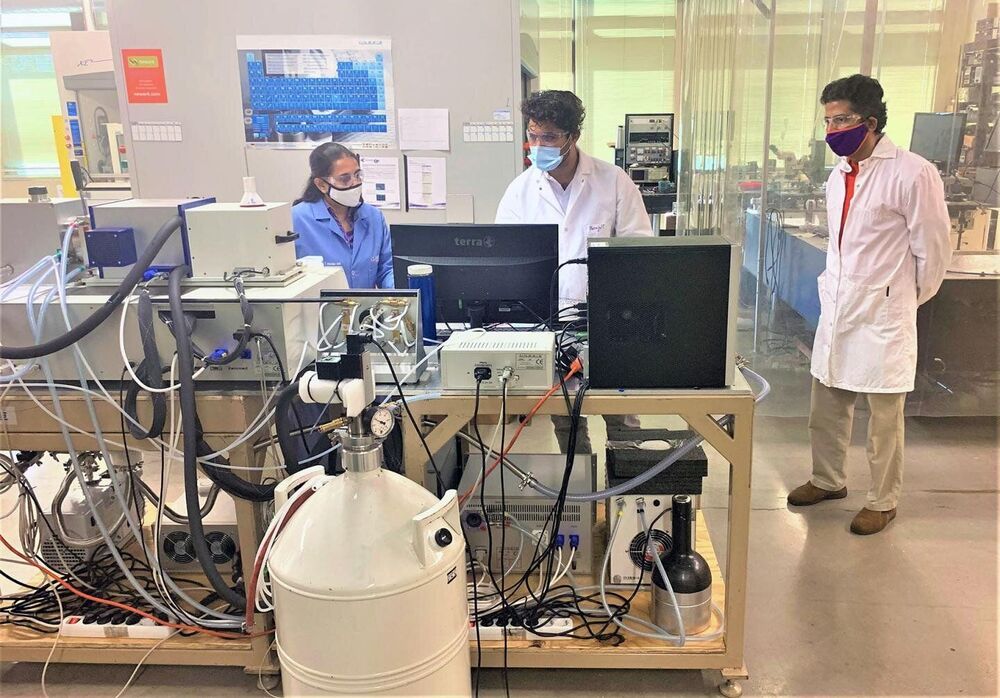
Groundbreaking science is often the result of true collaboration, with researchers in a variety of fields, viewpoints and experiences coming together in a unique way. One such effort by Clemson University researchers has led to a discovery that could change the way the science of thermoelectrics moves forward.
Graduate research assistant Prakash Parajuli; research assistant professor Sriparna Bhattacharya; and Clemson Nanomaterials Institute (CNI) Founding Director Apparao Rao (all members of CNI in the College of Science’s Department of Physics and Astronomy) worked with an international team of scientists to examine a highly efficient thermoelectric material in a new way—by using light.
Their research has been published in the journal Advanced Science and is titled “High zT and its origin in Sb-doped GeTe single crystals.”